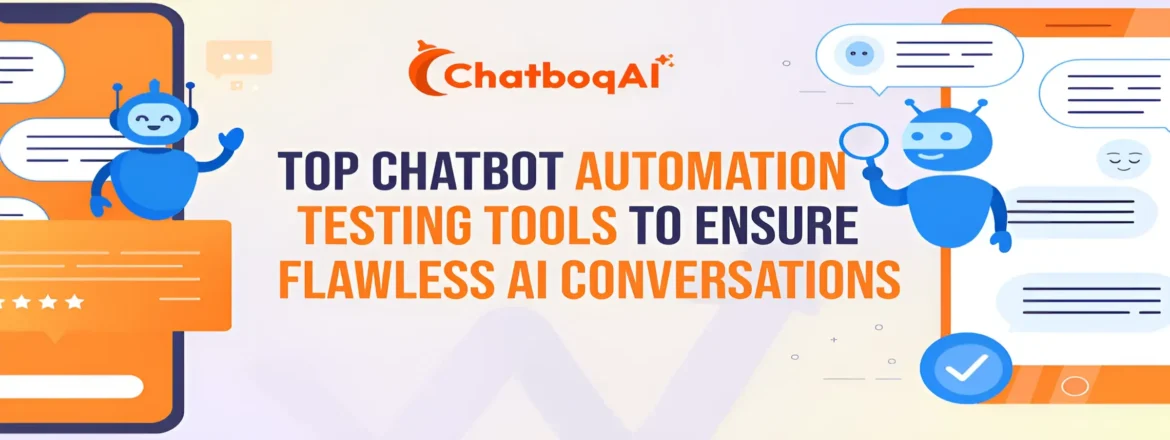
Top Chatbot Automation Testing Tools to Ensure Flawless AI Conversations
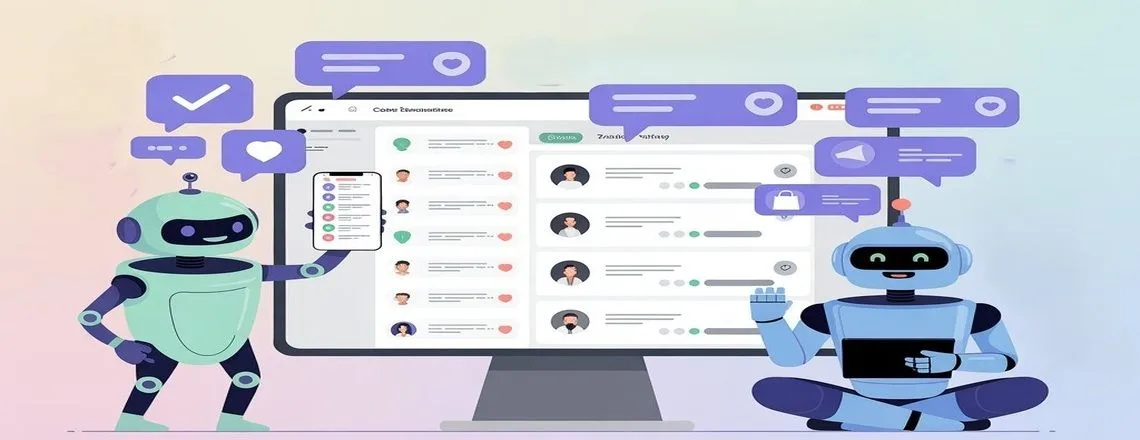
As of 2025, chatbots have become a standard tool for most businesses. However, even a single incorrect or incomplete response can cost you sales and erode customer trust. Customers quickly lose confidence and switch to competitors if chatbots give irrelevant answers. That’s why using Chatbot Automation Testing Tools is essential. They help you detect and fix issues before they impact your business.
📑 Table of Contents
- Top Chatbot Automation Testing Tools to Ensure Flawless AI Conversations
- Key Highlights
- What is Chatbot Automation Testing? (Definition, Process, and Benefits)
- Top Chatbot Automation Testing Tools in 2025
- Why Chatbot Automation Testing is Essential
- Key Types of Chatbot Automation Testing
- Must-Have Features in Chatbot Automation Testing Tools
- Best Practices for Chatbot Automation Testing
- Common Chatbot Automation Testing Challenges and Solutions
- Conclusion
- Frequently Asked Questions (FAQs)
This guide highlights the top automation testing tools available today. It helps you choose the right tool for your needs and budget.
All-in-one Chatboq lets you create and test AI conversations, cutting QA time by up to 10 hours a week.
Key Highlights
| Top chatbot automation testing tools 2025 Ensuring accurate AI chatbot responses NLP and functional testing for chatbots Performance and integration testing best practices Common chatbot testing challenges and solutions |
What is Chatbot Automation Testing? (Definition, Process, and Benefits)
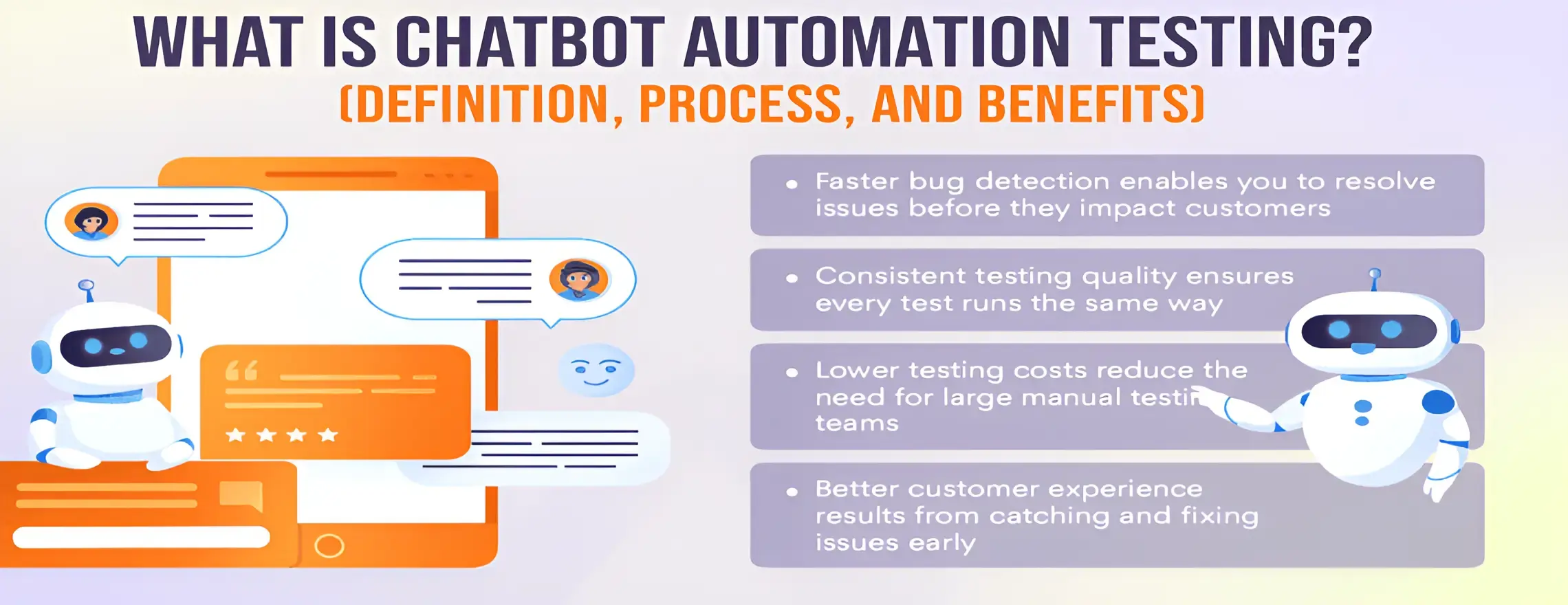
Chatbot automation testing is the process of checking your chatbot’s performance. It checks if your AI chatbot works correctly without any human supervision. It automatically tests conversation flows, natural language understanding, and performance. This type of testing involves simultaneously running multiple scenarios and evaluating how a chatbot responds to them.
The process includes validating response accuracy, checking conversation logic, and testing system connections. It ensures the chatbot maintains consistent performance under various conditions. This testing runs hundreds of test scenarios in minutes and catches problems. This approach saves the development team valuable time. It also provides more reliable and consistent results.
Key Benefits of Chatbot Automation Testing for Businesses:
- Faster bug detection enables you to resolve issues before they impact customers.
- Consistent testing quality ensures every test runs the same way every time.
- Lower testing costs reduce the need for large manual testing teams.
- Better customer experience results from catching and fixing issues early.
Top Chatbot Automation Testing Tools in 2025
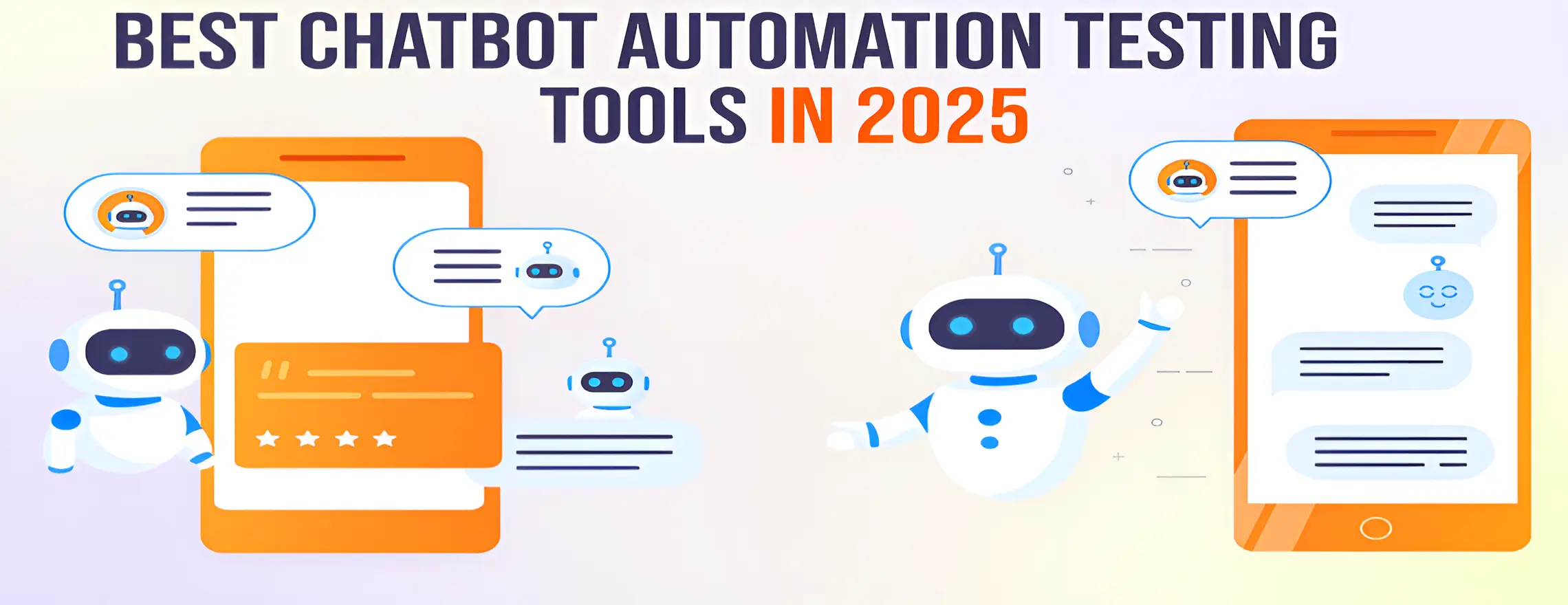
There are many Chatbot Automation Testing Tools available to help businesses. Each tool has unique strengths designed for different testing needs and technical expertise levels. Here are some of the leading tools that help companies test their chatbots effectively:
Chatboq: All-in-One AI Chatbot with Built-in Automation Testing
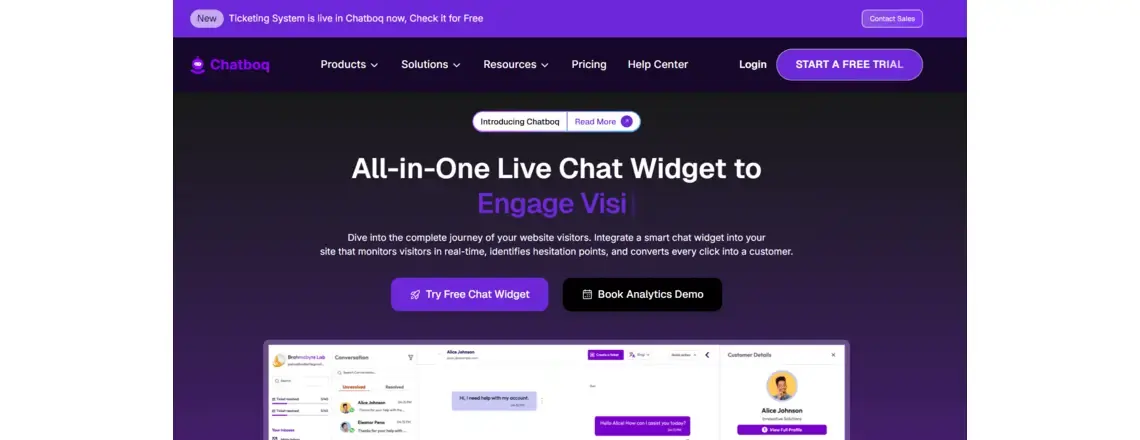
Chatboq stands out as a complete chatbot platform that includes built-in testing capabilities. It is designed especially for businesses that want both development and testing in one. This platform combines AI-powered conversation building with complete testing tools. Chatboq offers real-time testing during development. It enables teams to identify and resolve issues promptly before the deployment process.
Pros:
- It is an all-in-one platform with both chatbot development and testing capabilities
- Real-time testing during chatbot development saves significant time
- Built-in performance monitoring and analytics dashboards
- Has an easy-to-use interface designed for non-technical team members
- Comprehensive conversation flow testing with visual feedback
- Automatic regression testing after chatbot updates
Cons:
- Primarily designed for Chatboq, built chatbots rather than third-party platforms
- Testing features may be less specialized than dedicated testing-only tools
- Newer platform with a smaller user community compared to established alternatives
- Pricing varies based on chatbot usage and testing requirements
Botium: End-to-End Chatbot Testing Platform for Enterprises
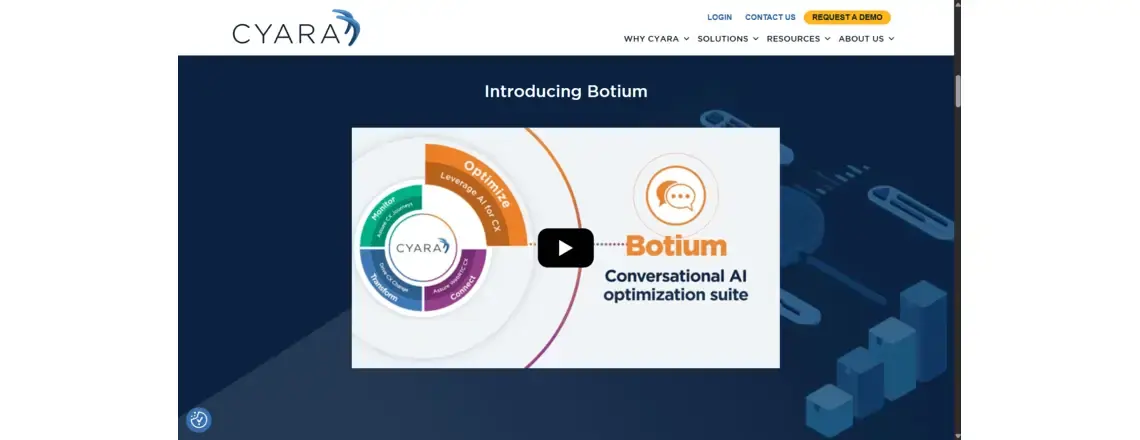
Botium is one of the most complete end-to-end chatbot testing platforms available today. You can use it in the cloud or install it on your own servers. This platform works with over 50 different chatbot frameworks. It also provides detailed reporting features.
Pros:
- It works with over 50 chatbot platforms.
- It has easy drag-and-drop test creation with no coding skills required.
- A detailed analytics dashboard provides actionable insights.
- Has strong customer support with dedicated account managers.
- Cloud and on-premise deployment options are available.
- Comprehensive API testing capabilities.
Cons:
- Learning curve for beginners can take several weeks
- Some advanced features need technical knowledge
- Limited customization options for specialized testing needs
LangTest: Specialized NLP Accuracy Testing for Multilingual Chatbots
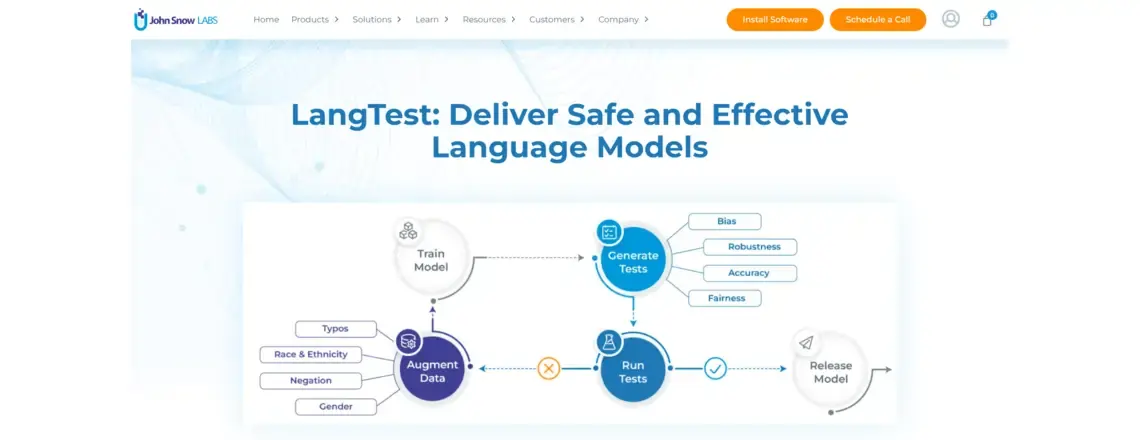
LangTest is a tool that only focuses on Natural Language processing (NLP) accuracy testing. It is the go-to choice for most businesses that focus on language understanding above other chatbot features. This platform is excellent at finding when chatbots misunderstand users’ intent. LangTest supports many languages and dialects. This makes it perfect for businesses that serve customers around the world.
Pros:
- Specialized NLP testing with industry-leading accuracy metrics
- Supports many languages and dialects for global businesses
- Easy integration with existing chatbot platforms
- Detailed accuracy reports with actionable recommendations
- Regular updates with new language models and testing capabilities
Cons:
- Limited to language testing only, no performance or integration testing
- Newer tool with a smaller user community compared to established alternatives
- Documentation could be more comprehensive for complex use cases
- Some advanced features are still in development
TestMyBot: Open-Source Chatbot Testing Tool for Developers
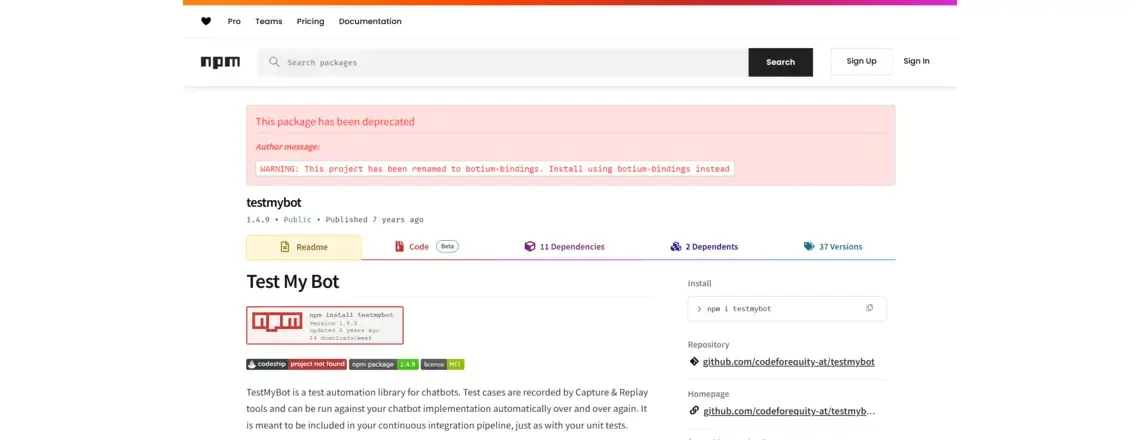
TestMyBot is an open-source solution perfect for developers who want full control over their testing process. This tool lets you customize everything without limits. It’s free, making it perfect for startups and low-budget teams.
Pros:
- It is free to use with no hidden costs or limits.
- Allows customization without limit because of an open-source code base.
- An active developer community provides ongoing support and updates.
- Has excellent documentation with step-by-step tutorials.
- It supports many programming languages and frameworks.
- Regularly updates and security patches from the community.
Cons:
- It requires significant technical knowledge to set up and maintain.
- Has limited professional support options in comparison to paid tools.
- Initial setup can be difficult and time-consuming.
- It may need dedicated developer resources for customization.
Mabl: Low-Code Test Automation Platform for Chatbot and Web Apps
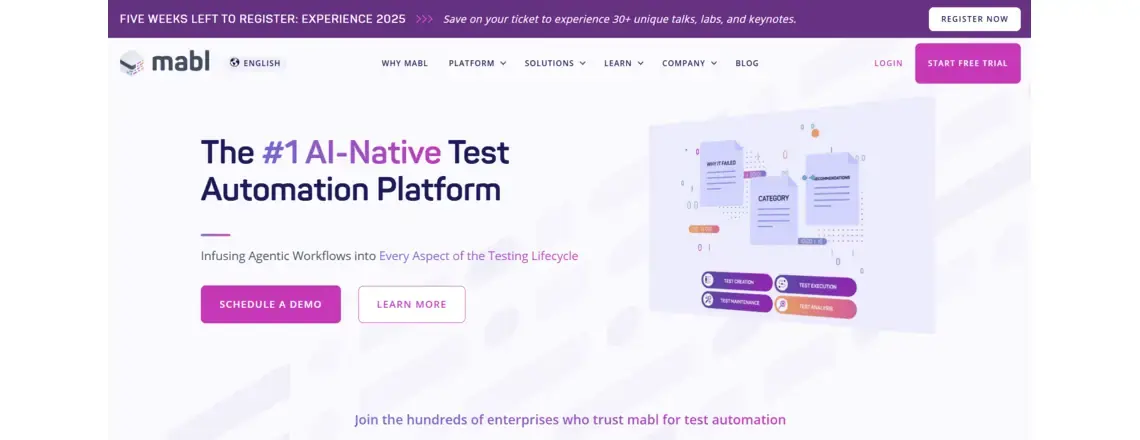
Mabl is an AI-powered chatbot automation testing tool. It combines automated testing with machine learning to provide intelligent test automation. It automatically adapts tests when your chatbot changes. The platform is designed for teams that want complete testing capabilities. It removes the complexity of traditional automation frameworks.
Pros:
- Machine learning automatically adapts tests when chatbots change
- Comprehensive functional and regression testing capabilities
- User-friendly interface with a minimal learning curve required
- Visual test creation with no coding knowledge needed
- Detailed reporting with actionable insights and recommendations
- Strong integration with popular development and CI/CD tools
Cons:
- Primarily focused on web-based chatbots rather than messaging platforms
- Some advanced features need technical configuration
- Limited support for specialized chatbot testing scenarios
Rasa Testing Suite: Advanced NLP & ML Testing for Rasa Chatbots
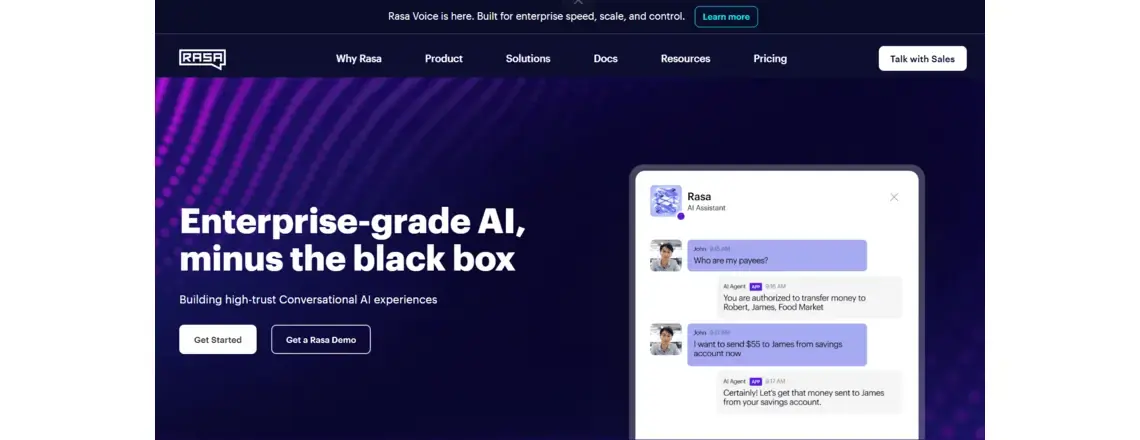
Rasa is an open-source conversational AI framework that has a built-in testing tool. This testing suite provides refined natural language processing testing. It doesn’t just check if the chatbot understands the user’s intent. It also tests whether the chatbot can understand the context of what the user is saying.
Pros:
- Deep NLP accuracy testing with detailed metrics and analysis
- Built specifically for Rasa platform users with seamless integration
- Strong machine learning model testing capabilities
- Advanced dialogue management testing features
- Comprehensive conversation flow analysis
- Built-in performance benchmarking tools
Cons:
- Only compatible with the Rasa platform, limiting flexibility
- Requires machine learning knowledge to use effectively
- Steep learning curve for non-technical team members
- Documentation assumes advanced technical knowledge
Chatbot Testing Tools Comparison Table
| Tool | Best For | NLP Testing | Load Testing |
| Chatboq | All-in-one chatbot development and testing | Built-in conversation testing with real-time validation | Integrated performance monitoring |
| Botium | Enterprise teams needing comprehensive testing | Advanced with detailed accuracy metrics | Full load testing with scalability analysis |
| TestMyBot | Developers wanting full customization control | Basic intent and entity testing | Limited performance testing capabilities |
| Rasa Suite | Teams already using the Rasa platform | Industry-leading ML model testing | Performance testing for Rasa deployments |
| LangTest | Businesses focusing on language accuracy | Specialized multi-language NLP testing | No load testing capabilities |
| Mabl | Teams wanting intelligent test automation | Basic conversation testing with ML adaptation | Performance testing with automated insights |
Other tools focus solely on testing. Chatboq combines end-to-end automation with real-time performance monitoring. This makes it ideal for businesses that want fewer tools and faster delivery.
Why Chatbot Automation Testing is Essential
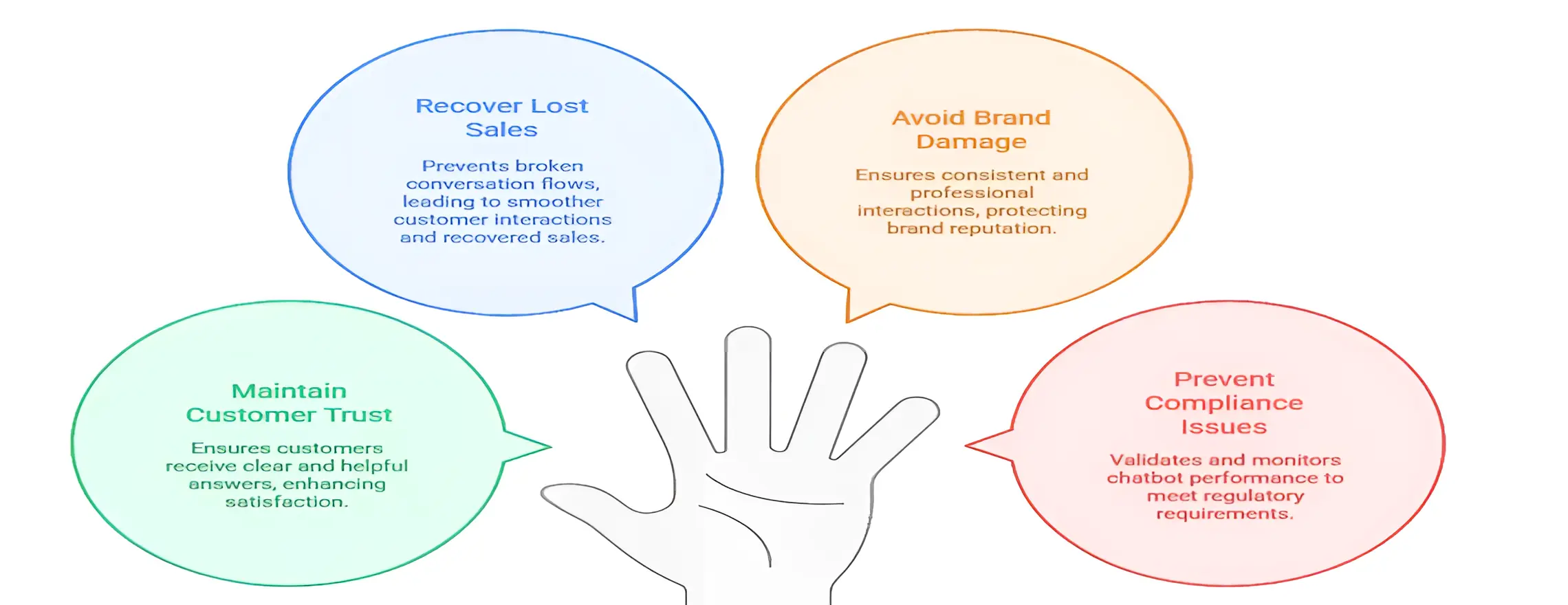
Testing your chatbot is crucial for maintaining customer trust and a strong business reputation. Poor chatbot performance can directly impact your sales and damage your brand reputation. Proper testing helps identify these issues before they reach customers. It also protects both your revenue and your reputation.
Here are some issues proper testing can prevent:
- Confused customers get clear, helpful answers.
- Lost sales from broken conversation flows get recovered through smooth, logical dialogue paths.
- Brand damage from poor customer experiences gets avoided through consistent, professional interactions.
- Compliance issues in regulated industries are prevented through thorough validation and monitoring.
Testing also helps the chatbot handle more conversations without breaking down under pressure. This scalability enables you to assist more customers without requiring additional staff. It saves your business money and improves customer experience.
Key Types of Chatbot Automation Testing
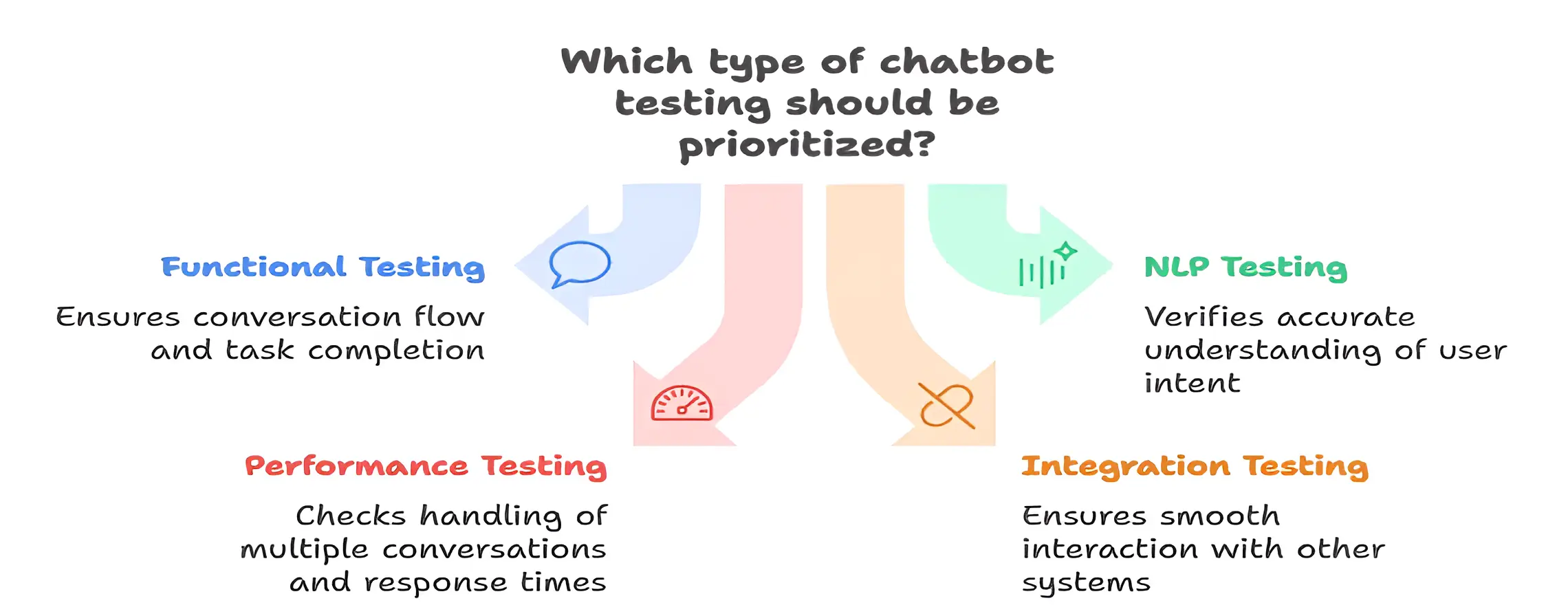
Different types of testing catch different categories of problems in your chatbot. To thoroughly test your chatbot issues, you need various types of testing tools. Each testing type focuses on specific functions of the chatbot. It checks from basic conversation logic to complex natural language understanding. Understanding the different types helps you select the most suitable tools for your business.
Functional Testing
Functional testing makes sure the chatbot’s conversation flow works correctly. This test checks for all the different ways a user might interact with it. This testing ensures that users can complete tasks such as obtaining information or resolving issues. It ensures conversations flow and guides users to the correct outcomes. It also verifies that everything works as intended.
Natural Language Understanding (NLP) testing
NLP testing ensures your chatbot understands what the customers mean when asking questions. This test assesses whether the AI accurately understands user intent and effectively extracts relevant information. It also makes sure the AI can respond accurately. NLP testing is crucial for chatbots that mimic human speech. It helps to ensure the chatbot can understand the way people naturally speak.
Performance Testing
Performance testing ensures a chatbot can handle multiple conversations simultaneously. It also checks that the chatbot doesn’t slow down or crash under heavy use. This testing measures response times and system resource usage. It also checks for dependability when thousands of users interact with your chatbot at once. Performance testing helps ensure your chatbot is fast and responsive during business hours.
Integration Testing
Integration testing checks if a chatbot works smoothly with other business systems, such as CRM and third-party APIs. This testing identifies issues that arise when different systems attempt to share data. Integration testing is crucial for chatbots that require access to real-time information.
Most businesses start with functional testing. They add more specialized testing types as their chatbots become more refined.
Must-Have Features in Chatbot Automation Testing Tools
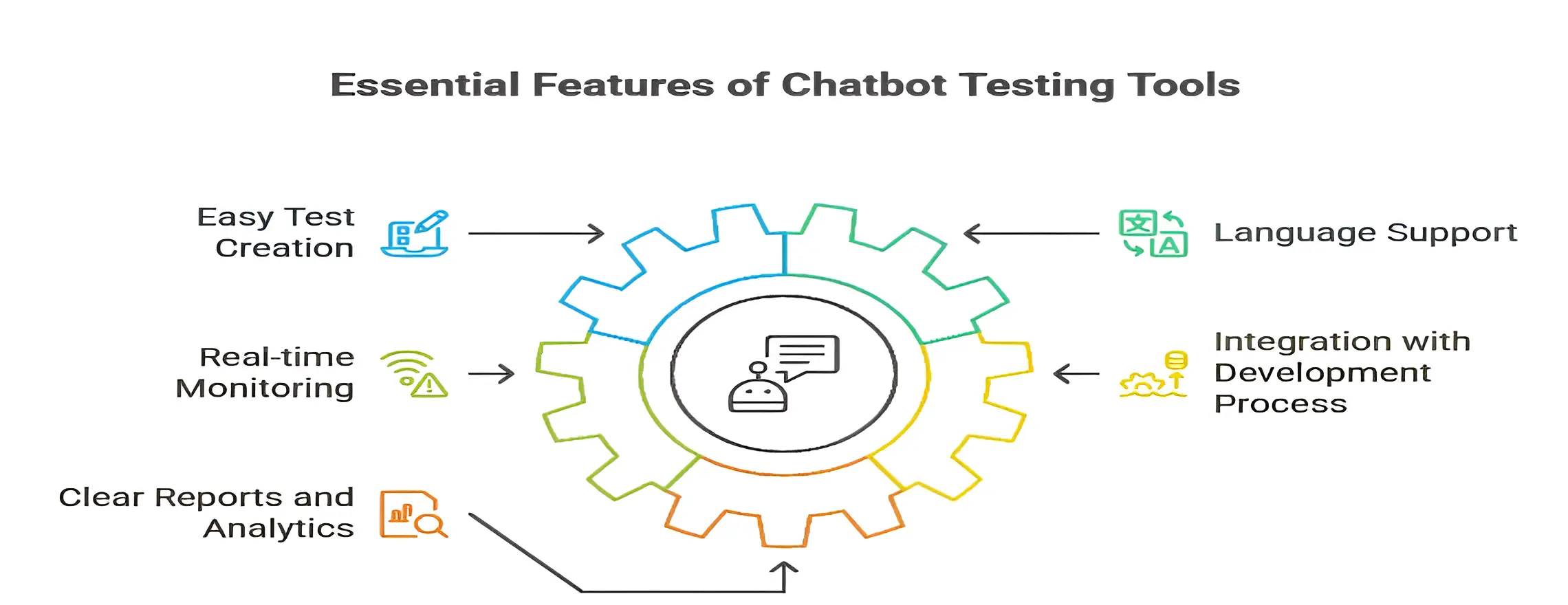
The proper testing tool should fit your team’s skills and support your business needs. It should also be simple to use and not add extra costs. Some key features to look for when choosing a testing tool are:
Must-Have features:
- Easy test creation tools enable non-technical team members to participate in testing.
- Supports multiple languages and ensures your chatbot functions effectively for all customers.
- Real-time monitoring and alerts you right away if something is wrong.
- Integration with your development process allows automatic testing every time you update.
- Clear reports and analytics help you understand the results and identify areas for improvement.
Best Practices for Chatbot Automation Testing
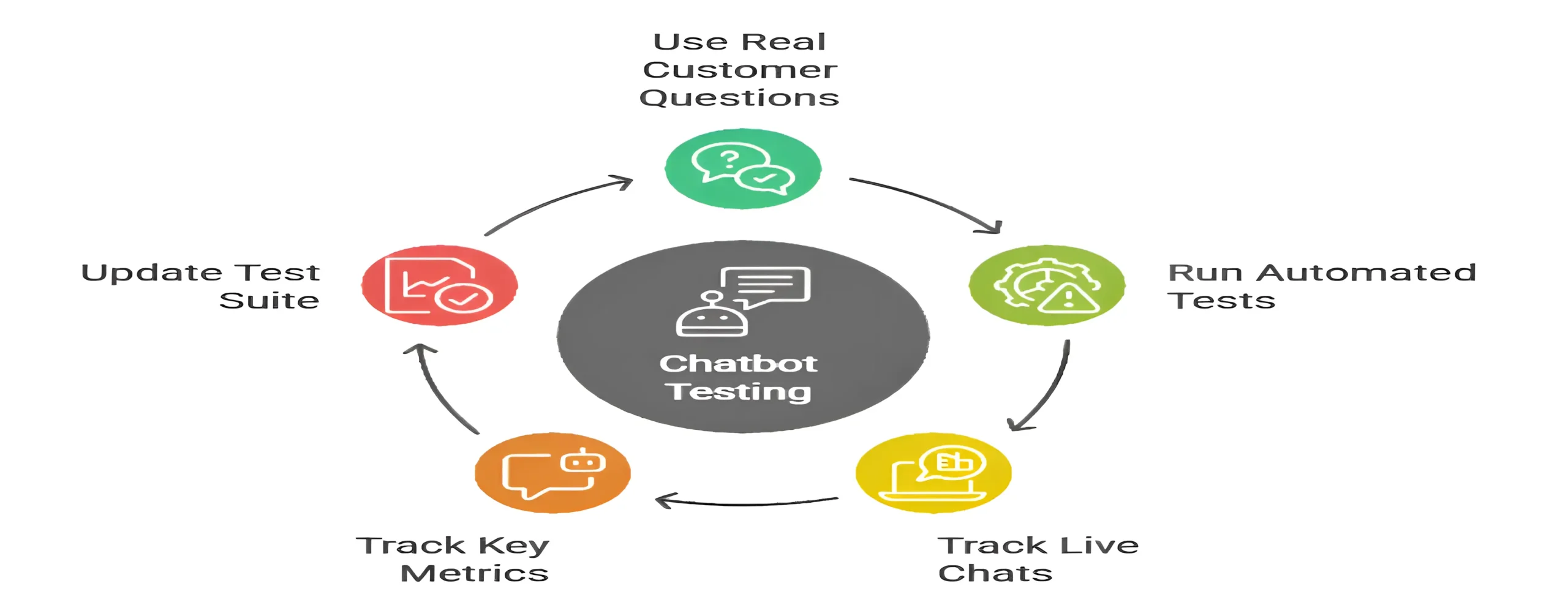
Proven testing practices help you identify problems early and resolve them effectively. These best practices are based on years of real-world experience. It can save you from common mistakes that often derail chatbot projects.
Some fundamental practices are:
- Test with real customer questions from support logs, rather than made-up scenarios.
- Run automated tests after every chatbot update to catch issues before customers see them.
- Track live chats to find new testing ideas and spot unexpected user behavior.
- Track key metrics like intent accuracy, response time, and customer satisfaction.
- Regularly update your test suite to match new features and changing customer needs.
Don’t forget to test unusual situations when they happen, as they can frustrate customers.
Common Chatbot Automation Testing Challenges and Solutions
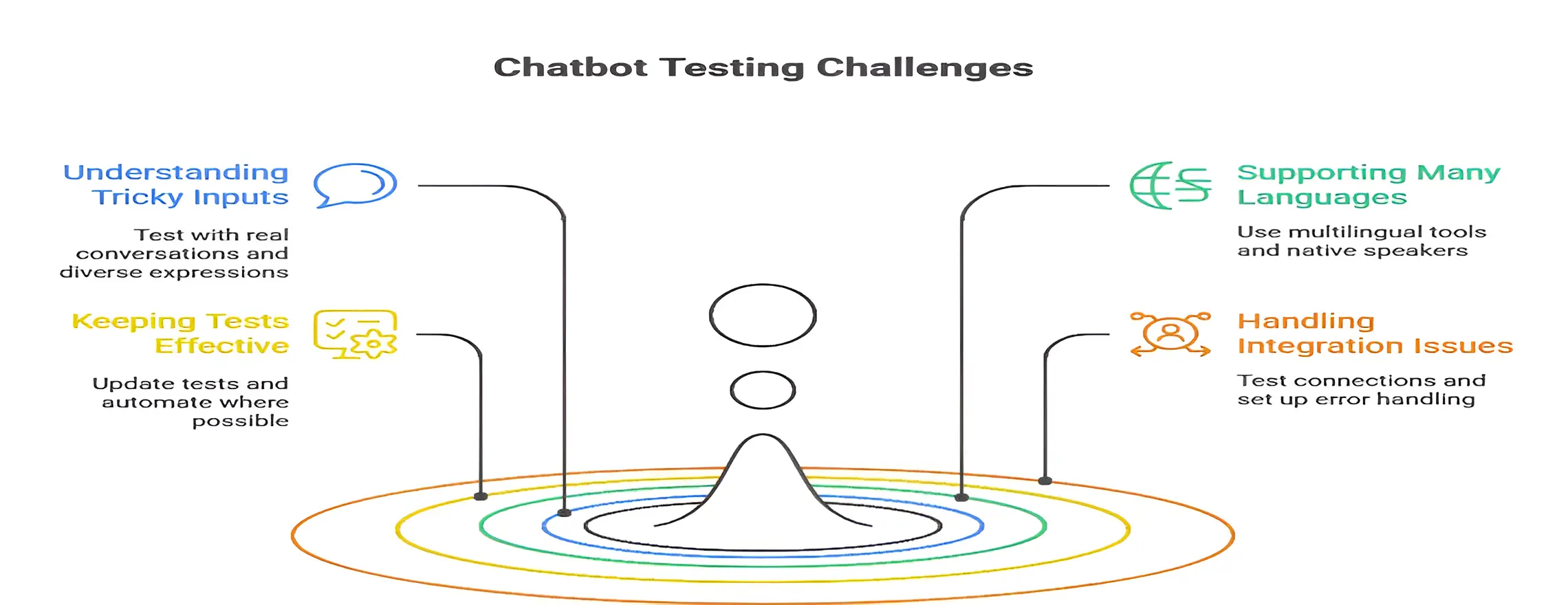
Every business encounters similar chatbot testing challenges, no matter the industry. Recognizing these common issues enables you to develop more effective solutions and prevent costly mistakes.
Challenge 1: Understanding tricky inputs. Customers often use slang, make typos, or ask many questions at once.
Solution: Test your chatbot with honest customer conversations. Also, include different ways of expressing the same idea.
Challenge 2: Supporting many languages and cultures. People communicate differently depending on their language and culture.
Solution: Use testing tools that support many languages. Include native speakers in the testing process to capture language and cultural nuances.
Challenge 3: Keeping tests effective as your chatbot grows. As your chatbot adds new features, integrations, and conversation paths, testing can become harder.
Solution: Update your tests regularly. Automate where possible, and clearly document your test cases for future reference.
Challenge 4: Handling integration issues. Your chatbot may connect to external systems that are slow, unreliable, or temporarily down.
Solution: Test all system connections regularly. Set up proper error handling and create fallback options when integrations fail.
Conclusion
Choosing the right testing tool helps you improve your chatbot’s capabilities and customer service. You can start testing your chatbot with a comprehensive tool that meets your basic needs. You can then add specialized tools for testing. By using a proper chatbot testing tool, you can expect to receive fewer customer complaints. It also helps to increase customer satisfaction and reduce costs.
Testing is not a one-time process. You need to constantly check for any issues and fix them with the help of these tools. Regular testing helps your chatbot continue to function smoothly. It ensures it can handle business growth, changing customer needs, and new features.
Stop juggling tools—Chatboq combines AI chatbot development, automated testing, and live analytics. Try Chatboq today and reduce regression errors by up to 30%!!
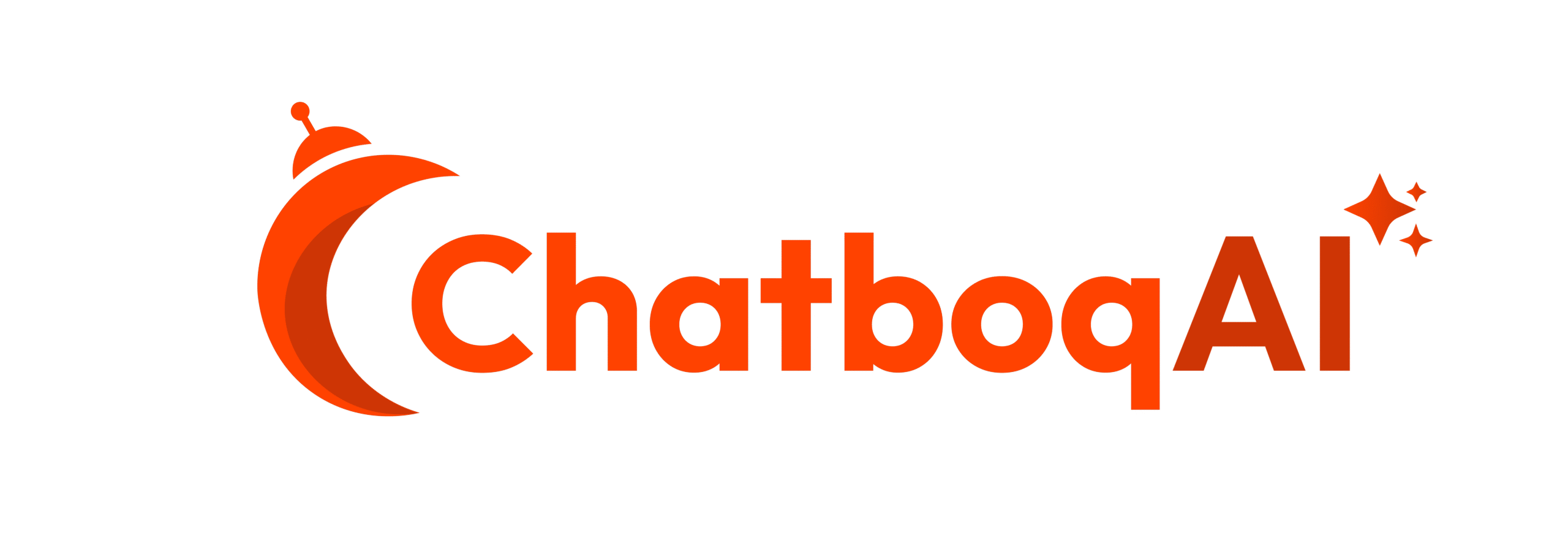

Leave A Comment